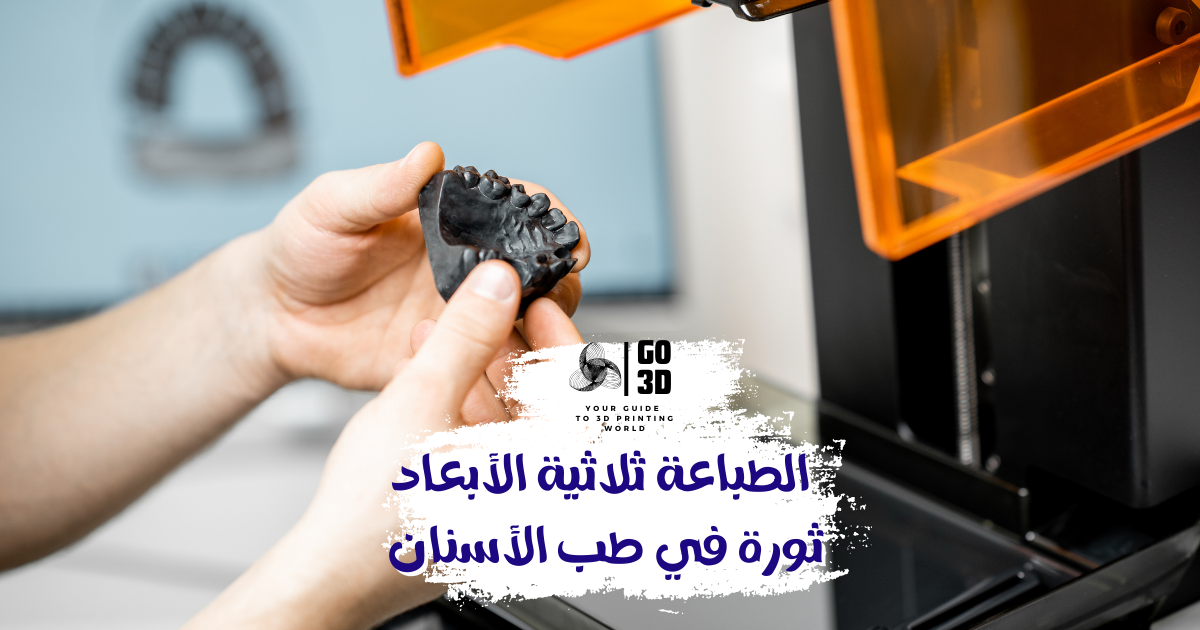The Impact of 3D Printing on Dentistry: A Revolution in Oral Healthcare
3D printing technology is experiencing tremendous growth across various industries, and dentistry has significantly benefited from this advancement. This cutting-edge technology, also known as additive manufacturing, has brought about fundamental changes in dental treatment methods and patient outcomes. This article explores the impact of 3D printing on the field of dentistry, its advantages, and its future prospects.
What Is 3D Printing in Dentistry?
3D printing in dentistry involves the creation of three-dimensional models of medical devices using materials such as resin, ceramic, and metal. The process begins with a digital scan of the patient’s mouth using a 3D scanner. Specialized software is then used to design an accurate model of the teeth or missing parts. The model is printed layer by layer using a 3D printer, resulting in highly precise medical devices such as crowns, bridges, dentures, and surgical guides.
Benefits of 3D Printing in Dentistry
Precision and Compatibility
3D printing allows for the production of highly accurate medical devices, significantly reducing the need for repeated adjustments. Whether it’s crowns or bridges, 3D printing ensures a perfect fit from the first try.
Speed and Efficiency
3D printing saves a significant amount of time in manufacturing medical devices compared to traditional methods. Prosthetics such as crowns and dentures can be produced on the same day using this technology.
Customization and Personalization
This technology enables the customization of medical devices to meet each patient’s unique needs. Orthodontic aligners and other devices can be tailored to provide optimal comfort and functionality.
Cost-Effectiveness
3D printing reduces the costs of manufacturing medical devices by minimizing steps and materials used, making oral healthcare more affordable.
Applications of 3D Printing in Dentistry
Dental Implants and Crowns
3D printing is used to produce dental implants and crowns that perfectly match the shape of the mouth, improving both aesthetics and function.
Orthodontic Appliances
Applications include the production of orthodontic devices such as clear aligners, enhancing comfort and treatment outcomes.
Surgical Guides
3D printing enables the creation of surgical guides that help dentists perform procedures with greater accuracy and confidence.
Prosthetics
Dentures and other dental prosthetics can be quickly and precisely produced using 3D printing, enhancing patient satisfaction.
The Future of 3D Printing in Dentistry
The future of 3D printing in dentistry appears bright, with continuous developments in both materials and technology. Bioprinting is expected to play a significant role in the future, allowing for the creation of living tissues for dental applications. This could revolutionize treatments such as tooth regeneration and gum disease management.
As the cost of 3D printers decreases and their usability improves, wider adoption in dental clinics is anticipated. This technology will enable dentists to offer more personalized and efficient medical solutions, enhancing oral healthcare and increasing patient satisfaction.
Conclusion
3D printing has proven to be a revolutionary technology in dentistry, offering unparalleled precision, speed, and personalization. As this technology continues to evolve, it promises a brighter future for oral healthcare—more efficient, cost-effective, and tailored than ever before. For patients and dental professionals alike, the benefits of 3D printing in dentistry are profound, heralding a new era of innovation in dental solutions.
Anycubic Wash & Cure Max Machine
eSUN Standard Resin , 0.5 KG 800,00 EGP – 950,00 EGP
Anycubic Standard Resin+ 1Kg
Resinify CrownPro















